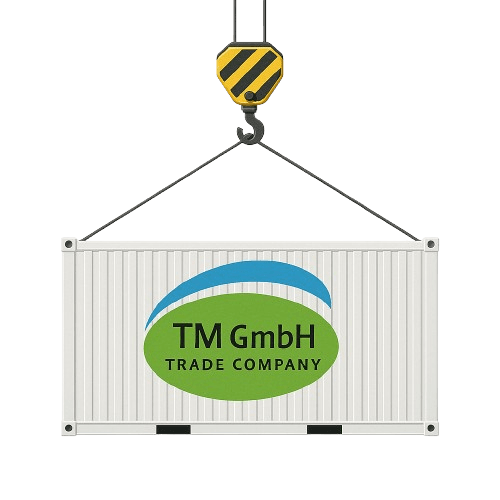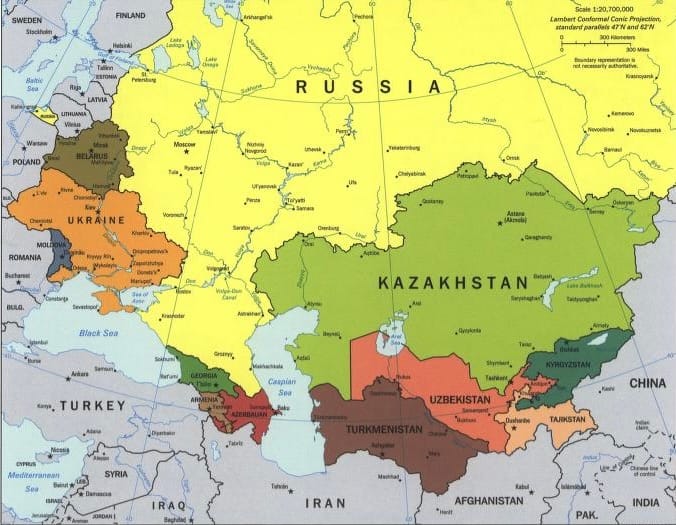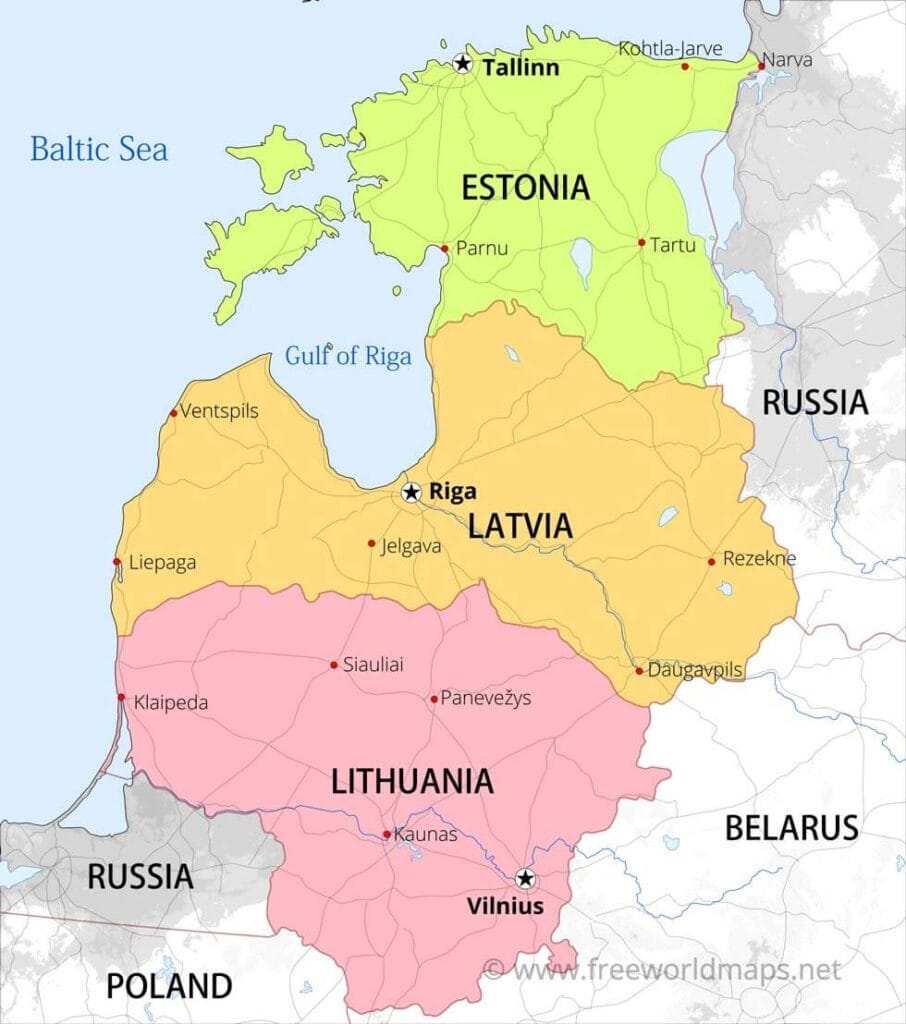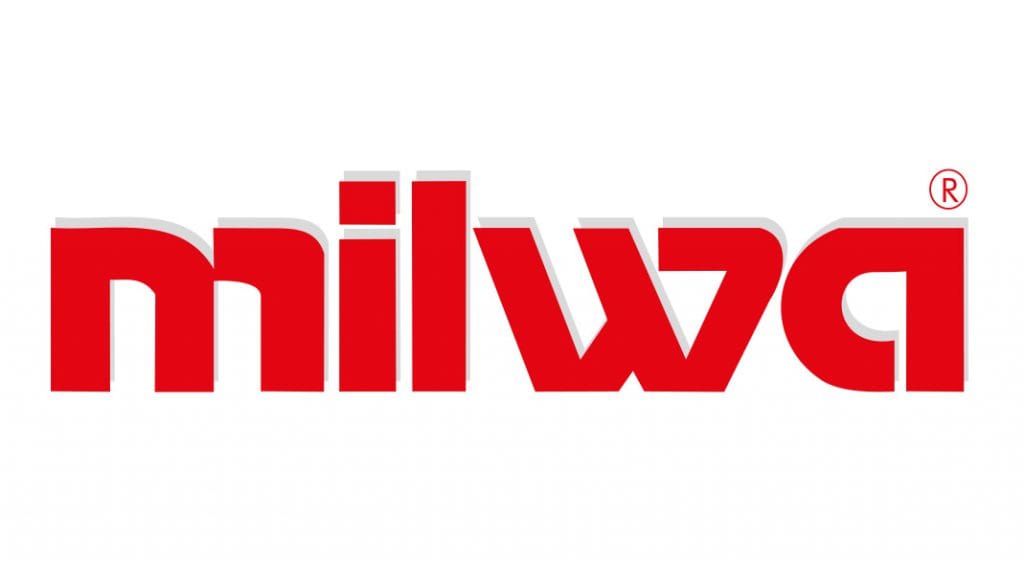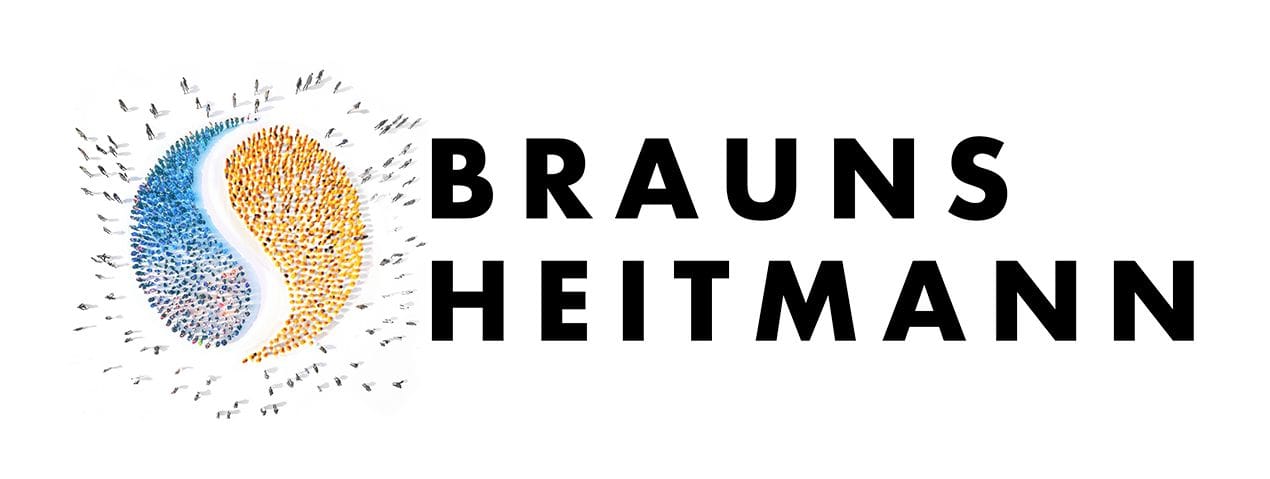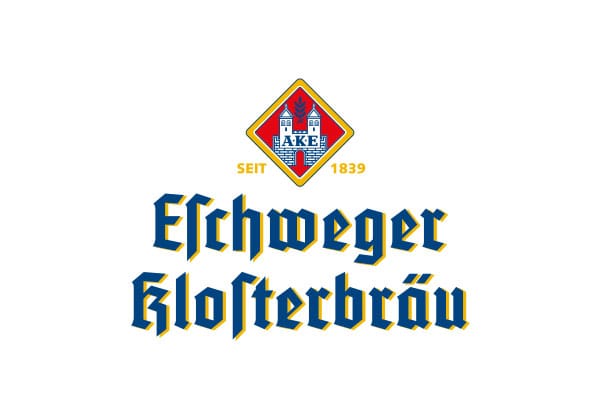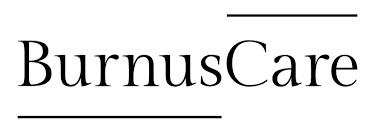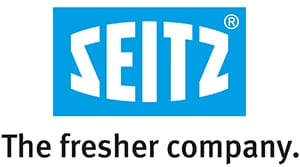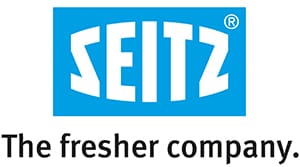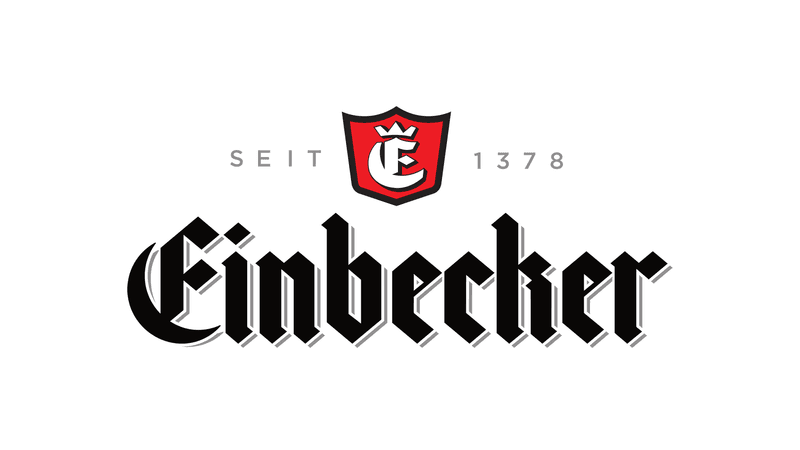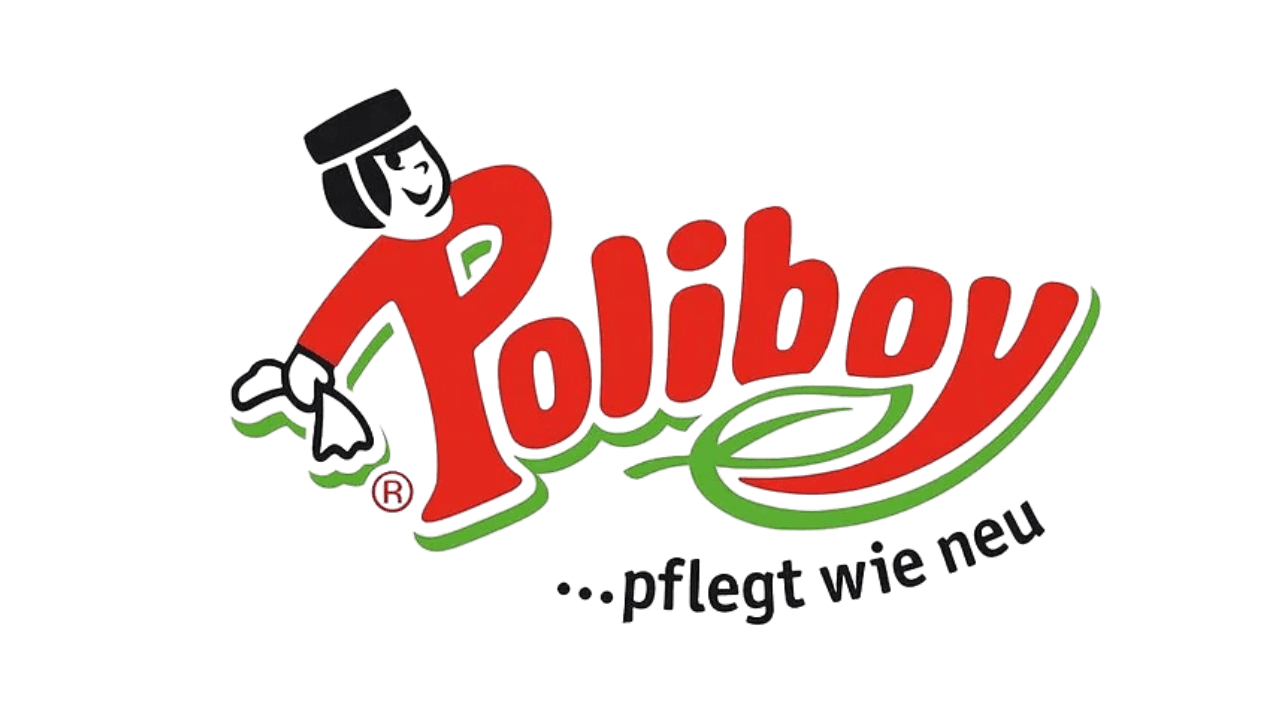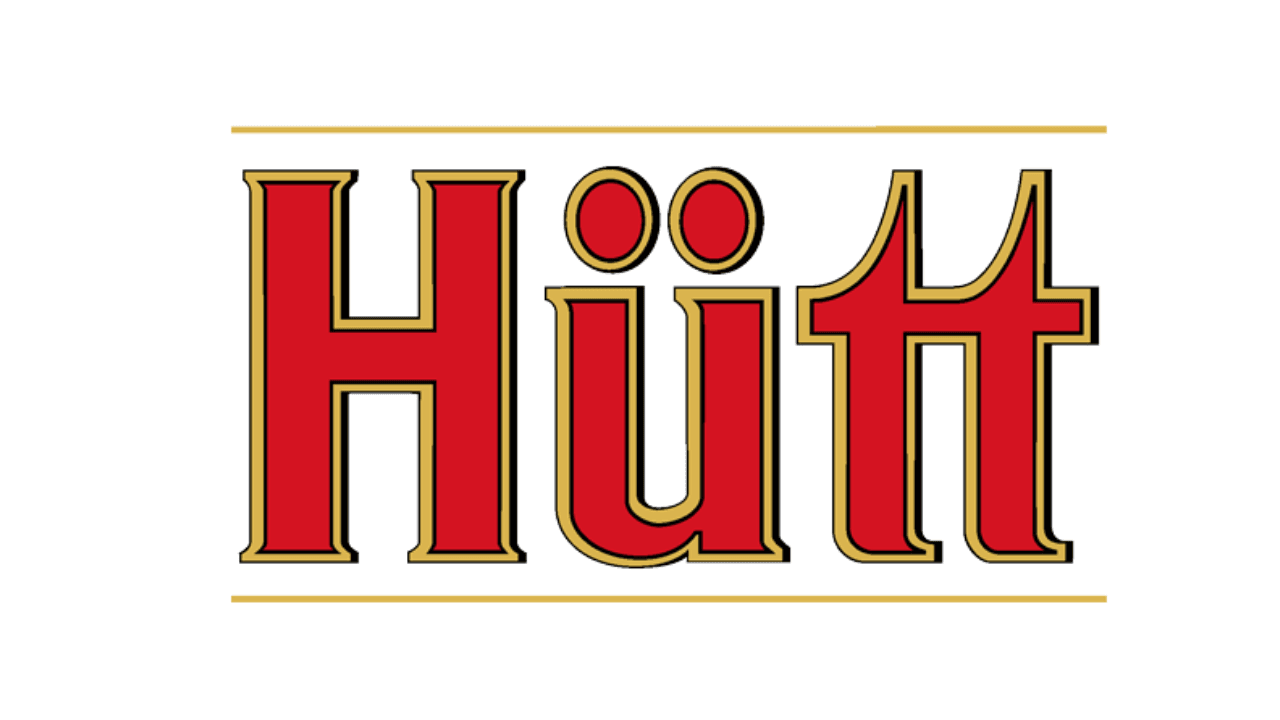Exploring the Rich Cultures of Eastern Europe
Eastern Europe is a region teeming with vibrant cultures, fascinating histories, and diverse traditions. From the colorful folk dances of Poland to the hearty cuisine of Hungary, each country in Central and Eastern Europe (CEE) offers a unique glimpse into its cultural heritage. Let’s embark on a journey to explore the rich cultures of Eastern Europe, uncovering the traditions and experiences that make this region a captivating destination for travelers worldwide. Eastern Europe’s cultural tapestry is woven from a multitude of traditions, each adding its distinct thread to the region’s identity. These traditions have been shaped by centuries of history, a mix of influences from neighboring regions, and the resilience of local communities. Folk Music and Dance Folk music and dance are integral to Eastern European culture. In countries like Romania and Bulgaria, traditional dances such as the “hora” and “horo” bring communities together in celebration. These dances, often performed during festivals and weddings, are accompanied by lively music played on traditional instruments like the fiddle, accordion, and cimbalom. The vibrant costumes worn during these performances add a visual feast to the auditory delight, making them a must-see for any visitor. Festivals and Celebrations Eastern Europe is home to a myriad of festivals that showcase its rich cultural heritage. The Kraków Christmas Market in Poland, for instance, is a festive extravaganza featuring traditional crafts, local delicacies, and seasonal music. In Hungary, the Busójárás festival in Mohács marks the end of winter with elaborate masks, parades, and folk music. These celebrations offer a window into the local way of life and are a testament to the region’s enduring traditions. Culinary Delights Eastern European cuisine is as diverse as its cultures, with each country offering its own culinary delights. The region’s food is characterized by hearty dishes, rich flavors, and a reliance on local ingredients. Iconic Dishes In Poland, pierogi—dumplings filled with cheese, potatoes, or meat—are a national favorite. Hungary boasts its famous goulash, a flavorful stew made with beef, paprika, and vegetables. Meanwhile, in the Czech Republic, you can savor svíčková, a marinated beef dish served with creamy sauce and dumplings. These dishes, often passed down through generations, reflect the region’s agricultural roots and the importance of family gatherings around the dinner table. Wine and Spirits Eastern Europe’s winemaking traditions are also worth exploring. Countries like Bulgaria and Moldova produce excellent wines, with vineyards dotting their picturesque landscapes. In Romania, the local spirit, țuică, is a strong plum brandy often enjoyed during festive occasions. Sampling these beverages provides insight into the region’s agricultural practices and the role of wine and spirits in social and cultural rituals. Architectural Marvels The architectural heritage of Eastern Europe is a testament to the region’s complex history and cultural diversity. From medieval castles to ornate churches, the region’s buildings tell stories of past empires, religious influences, and artistic movements. Castles and Fortresses by Evelinn Idenfors (https://unsplash.com/@evelinn) Eastern Europe is dotted with awe-inspiring castles and fortresses that transport visitors back in time. Bran Castle in Romania, often associated with the Dracula legend, is a must-visit for history enthusiasts. In Slovakia, the imposing Spiš Castle offers panoramic views of the surrounding countryside, while the Malbork Castle in Poland is the largest brick fortress in the world. These architectural marvels provide a glimpse into the region’s feudal past and the strategic importance of fortifications. Religious Architecture The religious architecture of Eastern Europe is equally impressive. The St. Vitus Cathedral in Prague, with its stunning Gothic design, and the Alexander Nevsky Cathedral in Sofia, a masterpiece of Neo-Byzantine architecture, are just two examples of the region’s religious landmarks. These structures reflect the diverse religious influences in Eastern Europe, including Christianity, Orthodoxy, and Islam, each contributing to the region’s spiritual landscape. Embracing Modernity While deeply rooted in tradition, Eastern Europe is also embracing modernity, blending its rich heritage with contemporary influences. Art and Innovation The region’s art scene is thriving, with cities like Warsaw and Budapest hosting vibrant galleries and modern art exhibitions. Eastern European artists are making their mark on the global stage, drawing inspiration from their cultural roots while pushing artistic boundaries. In the realm of technology, countries like Estonia are leading the way in digital innovation, fostering a culture of entrepreneurship and creativity. Tourism and Travel Eastern Europe’s growing tourism industry offers a wealth of opportunities for travelers to explore the region’s cultural riches. Guided tours provide insights into local traditions, while eco-tourism initiatives promote sustainable travel practices. Whether you’re exploring the cobblestone streets of a historic town or hiking in the Carpathian Mountains, Eastern Europe offers a diverse range of experiences for every type of traveler. Conclusion Eastern Europe is a region of rich cultural diversity, where tradition and modernity coexist in harmony. Its vibrant music, tantalizing cuisine, architectural wonders, and innovative spirit make it a captivating destination for those eager to explore its unique cultural landscape. Whether you’re drawn to the lively folk dances, the flavorful dishes, or the awe-inspiring architecture, Eastern Europe promises an unforgettable journey into the heart of its cultural heritage. So pack your bags and set out on an Eastern European tour to discover the many treasures this region has to offer.
